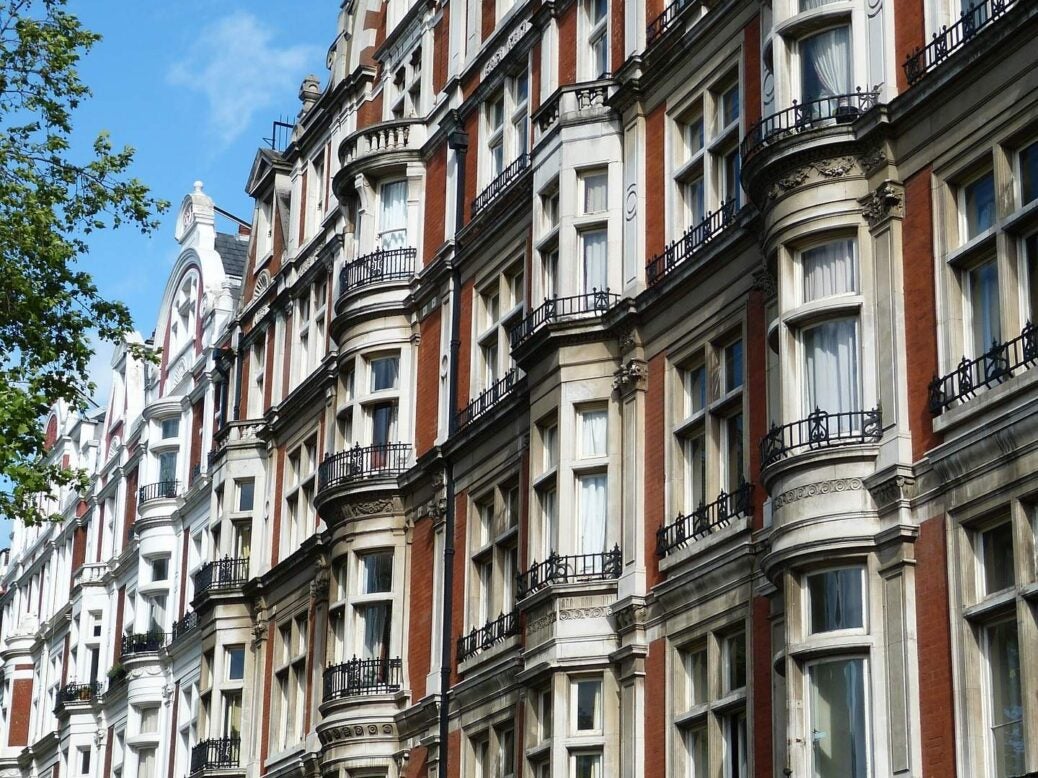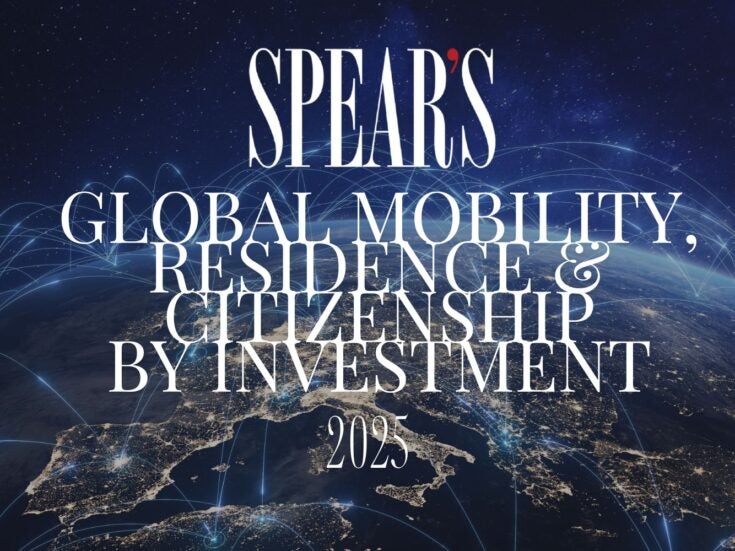
Covid-19 gave the prime central London property market a severe shudder. When will it bounce back?
When Boris Johnson announced the first nationwide coronavirus lockdown in March last year, the property market all but ground to a halt. Having been buoyed by a ‘Boris bounce’ following the Conservatives’ resounding December 2019 election win, sales of prime central London (PCL) properties at and above the £5 million level fell from £944 million in the first three months of 2020 to just £436 million in the second quarter, according to data from Savills.
(PCL is defined as the capital’s wealthiest neighbourhoods, including Belgravia, South Kensington, Notting Hill, St John’s Wood, the Thames riverfront and the City fringe.) However, when lockdown was finally lifted in June, the market rebounded. Pent-up demand saw PCL transactions total £876 million in Q3. LonRes data shows the sharp variation in market activity between 2019 and 2020 (chart below).
Sales in February 2020, for instance, were up 56.3 per cent on the same month in the previous year, whereas sales in May 2020 were 54 per cent lower than in May 2019. At £1,594 per square foot, the average price of PCL property is 16 per cent lower than its 2014 peak of £1,901, according to LonRes (chart below). However, prices are still 27 per cent higher than they were a decade ago and just 1.3 per cent lower than the previous year.
‘A fall by just a couple of percentage points shows the resilience of the prime market – particularly when you consider the lack of overseas buyers in 2020 who are normally an important source of demand for those selling prime homes,’ LonRes head of research Marcus Dixon tells Spear’s.
But not all prime property is created equal.
Data from LonRes (chart below) suggests buyers may have begun to favour houses over flats, perhaps as lockdowns and home working emphasise the importance of space – both indoors and out.
Despite the pandemic, prices of PCL houses sold between January and November 2020 were 2.9 per cent higher than in the same period in the previous year. Prices of flats, on the other hand, were 3.1 per cent lower.
However, buyers looking to scoop up a flat at a bargain basement price may be disappointed, warns Roarie Scarisbrick of Property Vision: ‘If you look at the inventory of new-build developments in PCL, they tend to have some pretty well funded, well capitalised developers behind them – you’re not going to drive a real bargain with a sovereign wealth fund.’
But central London has lost some of its lustre, says Garrington CEO Jonathan Hopper, who notes that the ‘prime village markets’ such as Richmond, Hampstead, Primrose Hill and Putney have been hot in demand.
‘They’ve all been busy. Buyers have gone to a lot of those locations because they’re still deemed as quality, well regarded, well established locations with proven values,’ he says.
Indeed, data from Savills shows that prices in the traditionally desirable central London postcodes of Belgravia, Chelsea, Earl’s Court, Knightsbridge and Marylebone were lower in the third quarter of 2020 than in the same quarter of the previous year.
Conversely, the leafy enclaves of Holland Park, Kensington and Notting Hill all saw prices increase over the same period. Notting Hill saw the most significant increase – of 3.5 per cent. But what of the future?
Will the PCL market recover in 2021 and beyond? Savills’ head of London residential Jonathan Hewlett is confident that it is a case of ‘when’, not ‘if ’.
He acknowledges that the market has had a difficult year, with prices shrinking by half a percentage point, but his firm forecasts a 4 per cent rise in 2021 and cumulative growth of 17.5 per cent growth by the end of 2025.
‘There are clear signs of pent-up demand from overseas-based buyers who clearly recognise London’s credentials,’ says Hewlett, adding that the ‘the successful distribution of a vaccine has a vital role to play in unlocking that demand’.
The ‘Boris bounce’ could very well return to the market. After all, according to a report by UBS and PwC, the combined wealth of global billionaires reached a new high of $10.2 trillion in July 2020 – despite the pandemic.
More from the Spear’s property briefing 2021
Why the wealthy are escaping to the country house
London’s big-money megabasement boom in numbers
The man baking ESG into Blackstone’s $341 billion property portfolio
How the ‘branded residence’ became a go-to for the global super-rich
What are ‘sheds’ and why are property investors are rushing to them?







